I followed that up with a couple of links I had posted to our FB page previously. The first, is from PUSH, a physical theatre company, and goes into their philosophy about physical theatre. The other, is from NYC Physical Theatre.
Since Open Pit and Nakai are offering physical theatre workshops it would probably be a good idea to answer that question; what the heck is Physical Theatre?
I'm not going to pretend to be a an expert in this craft; I'm still working on my 10,000 hours. I do have some ideas which I have collected in my head from the doing and talking about physical theatre that I will share.
First, physical theatre has such a broad range that it is almost useless as a means to define a performance. From the PUSH Philosophy:
Physical Theatre’ has become a catch all phrase that incorporates many movement based theatre forms, with incredibly diverse companies adopting the term to describe themselves. If we define ‘dance’ as ‘a body moving through space’ this word would appropriately define our art. However, the narrow concept of what dance is yields a limited and misleading image for us. How then, do you describe an art form with no name? This question plagues all of us who fall outside of ‘traditional theatre’.
So, when you don't know what a work of theatre is it can be "physical" or "devised". Ker Wells told me at one point that these terms were just invented for funders to define alternative creation methods. There simply is no onething which is "Physical Theatre". The best way I've ever seen this work defined is this:
goes beyond verbal narrative, incorporating physical and visual elements on a level at least equal to verbal elements is more than simply abstract movement – it includes some element of character, narrative, relationships, and interaction between the performers, not necessarily linear or obvious
includes a wide variety of styles, approaches, aesthetics – can include dance-theatre, movement theatre, clown, puppetry, mime, mask, vaudeville, and circus
I would like to bring special attention to the first item: physical and visual elements on a level at least equal to verbal elements. This is the major general definition point for physical theatre. In traditional theatre, text is the predominant method of information delivery. Stage action is created around the text in order to aide in the delivery of information. In physical theatre, stage action, or rather just action, is created to be of the same importance in delivery information to the audience.
I'm immediately brought to an image of Noh theatre from Japan. In Noh, everything has a specific physical action. The way you move and gesture defines the world and your place in it for the audience. There is a very specific way to gesture to the sky and have the audience know it is the Moon you are pointing to and not the Sun. These gestures are interpreted by the audience at the same rate as the text. When physical action is just as important as spoken word in storytelling then you have physical theatre.
Where did these ideas come from? I'm definitely not the one to give a history lesson here. From what I can gather these concepts have been around for a while. Some creators and experimenters have turned concepts into tactile techniques which are used to teach physical theatre.
Meyerhold was an early innovator with his body mechanique, but the most common (I state this with no real information to back it up) technique used today would be that of Jerzy Grotowski and subsequently Eugenio Barba. I won't delve into too much detail about their methods; you will have to attend the workshops we're offering for that. But, some general ideas are:
- Removing habits and barriers that impede our physical action.
- Isolation of all the limbs with each one being as important.
- Reconnection of the entire body.
- Treating the legs with the same importance as the arms.
- Being connected and present physically. Engaged.
The work is kind of difficult to explain, but it involves a lot of stretching and breaking physical barriers. If you are interested in specific techniques and exercises I highly recommend readingAn Acrobat of the Heart by Stephen Wangh. It isn't pure Grotowski method, but it is a very inspiring book with many fantastic concepts.
So, I hope that provides some useful information about my perspectives on physical theatre and its origins. I recommend reading the two articles I linked to above from PUSH and NYCPT. The PUSH one is especially brilliant and extremely quotable:
Ours is an art that, by definition, cannot be expressed on paper. Like a gourmet meal, it should be tasted. It’s important to allow ideas to germinate by inviting training from people with unusual approaches. If you are in a leadership position, be willing to bring in teachers who experiment with untested methods. The great theatre traditions will always be with us. But, like the proverbial cure for cancer hidden in the rain forest, the next great idea could be cut down tomorrow, choked by the tyranny of using only what we know.
Finally, I wanted to say that Open Pit isn't a physical or devised theatre company. We are offering an acting and theatre creation workshop based in these methods, but we are not using them solely for our creation. Open Pit is commited to non-traditional creation methods. We intend to explore method as much as creation in all our projects in order to find the best fit. I'm hoping that we travel beyond these definitions to create something new. Everything is a remix, and the intention is to remix all available creation resources in order to come up with something new.







